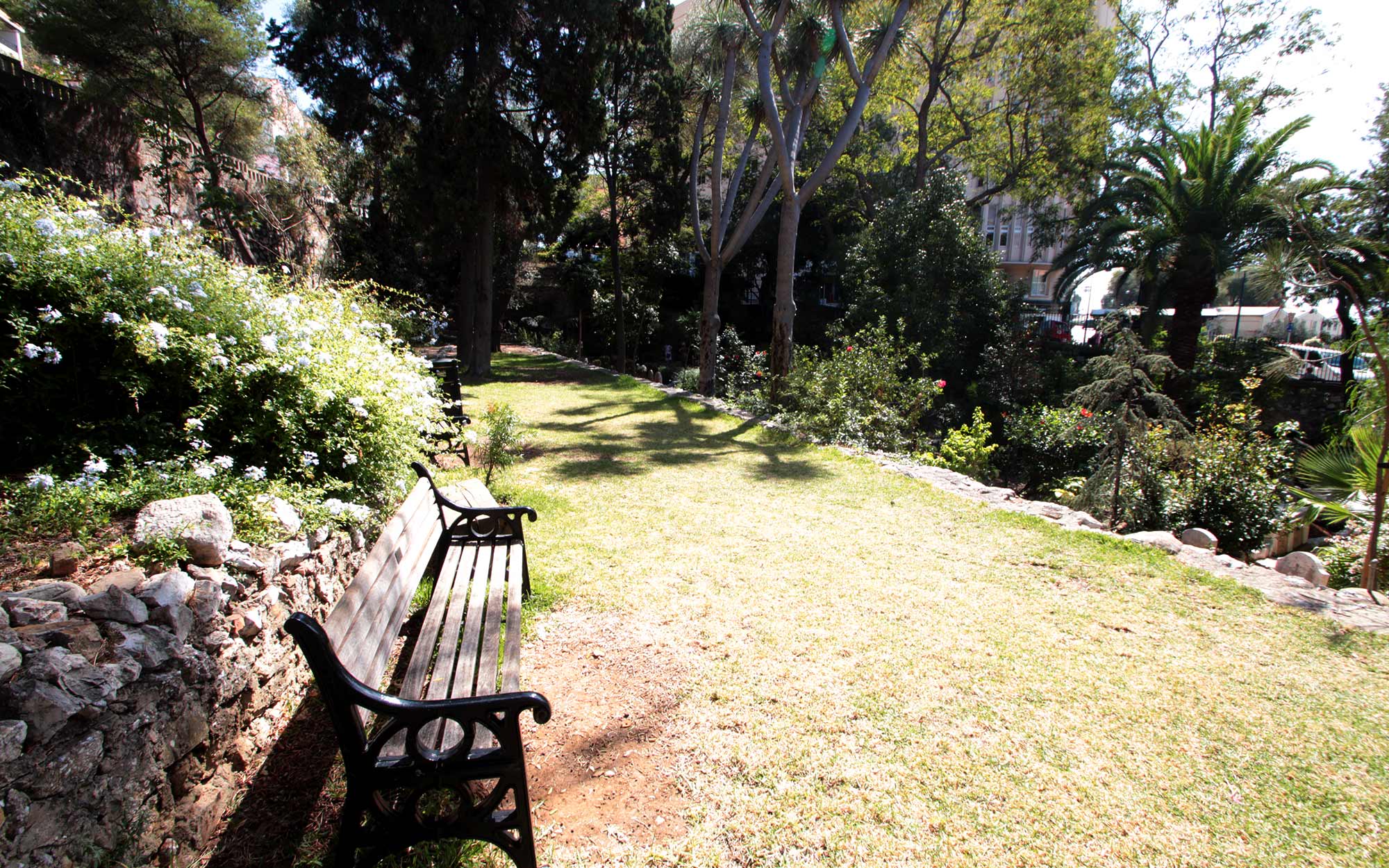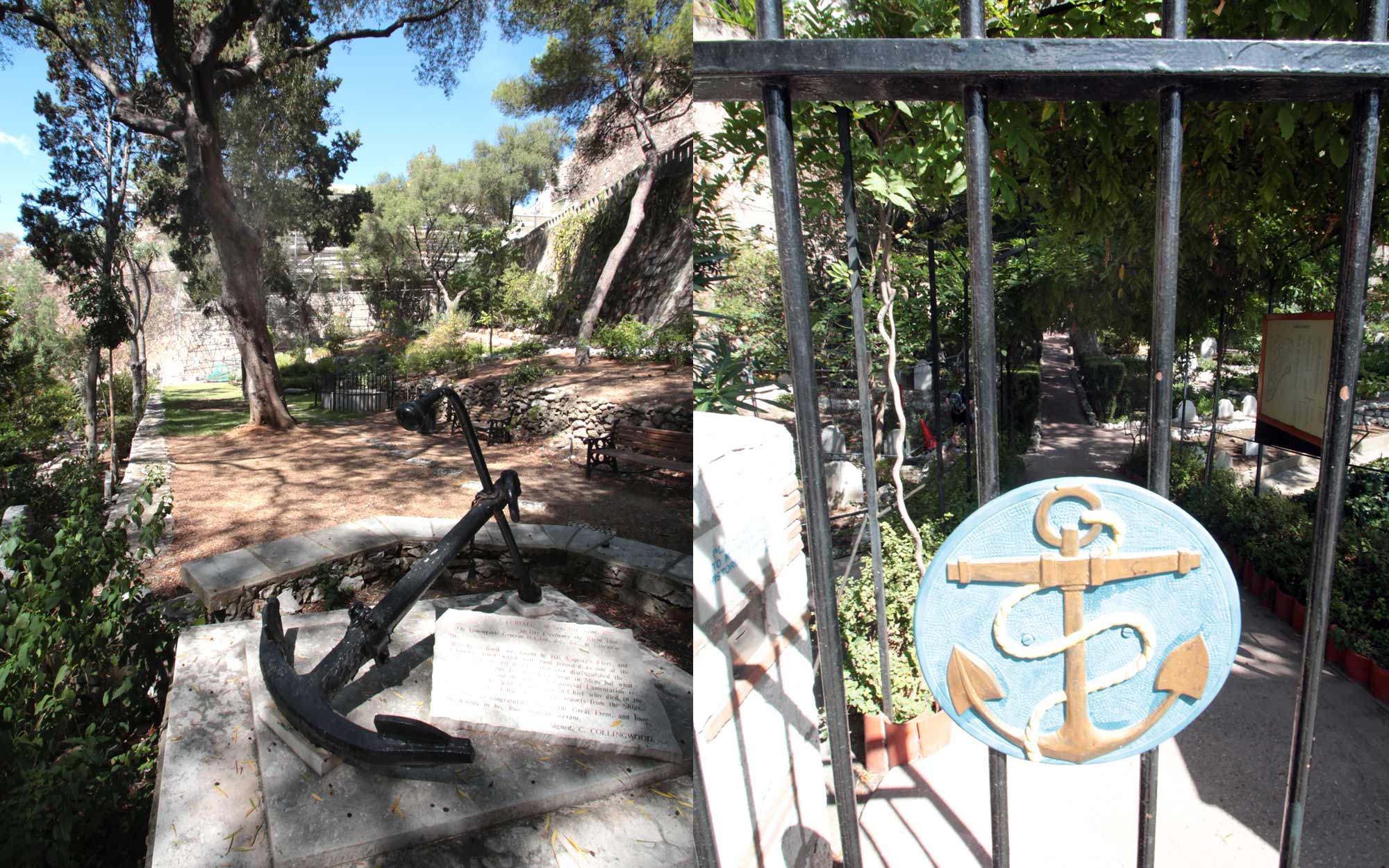History
The Trafalgar Cemetery was consecrated in 1798 and originally known as South Ditch Cemetery because of its location south of the defensive wall. Although its present name commemorates the Battle of Trafalgar, only two of those buried here died of their wounds suffered at Trafalgar( Lieut. William Foster, Royal Marines Corp of HMS Mars and Lieut. Thomas Norman of HMS Colossus, grave numbers 121 and 101). Most of those that died at Trafalgar were buried at sea and Lord Nelson's body was transported back to London for a state funeral. Other seamen from the battle of Trafalgar who died of their wounds at the old Naval Hospital were buried in the St Jago's Cemetery on the northern side of this defensive wall.
Many of the rest of the tombs here are of the victims of the three terrible yellow fever epidemics that ravaged Gibraltar in 1804, 1813 and 1814. There are also tombs from service casualties from the sea battles off Algeciras 1801, Cadiz 1810 and Malaga 1812, during the Napoleonic Wars.
Every year on the Sunday closest to the 21st October the Royal Navy commemorates the Battle of Trafalgar at this cemetery.
The cemetery is maintained by the Gibraltar Heritage Trust and supported by the Greenarc who tend to the flowerbeds and day to day upkeep. The cemetery is open year round, seven days a week, from sunrise to sunset.
Opening Hours:
Monday to Sunday: 09:00am - 17:00pm




